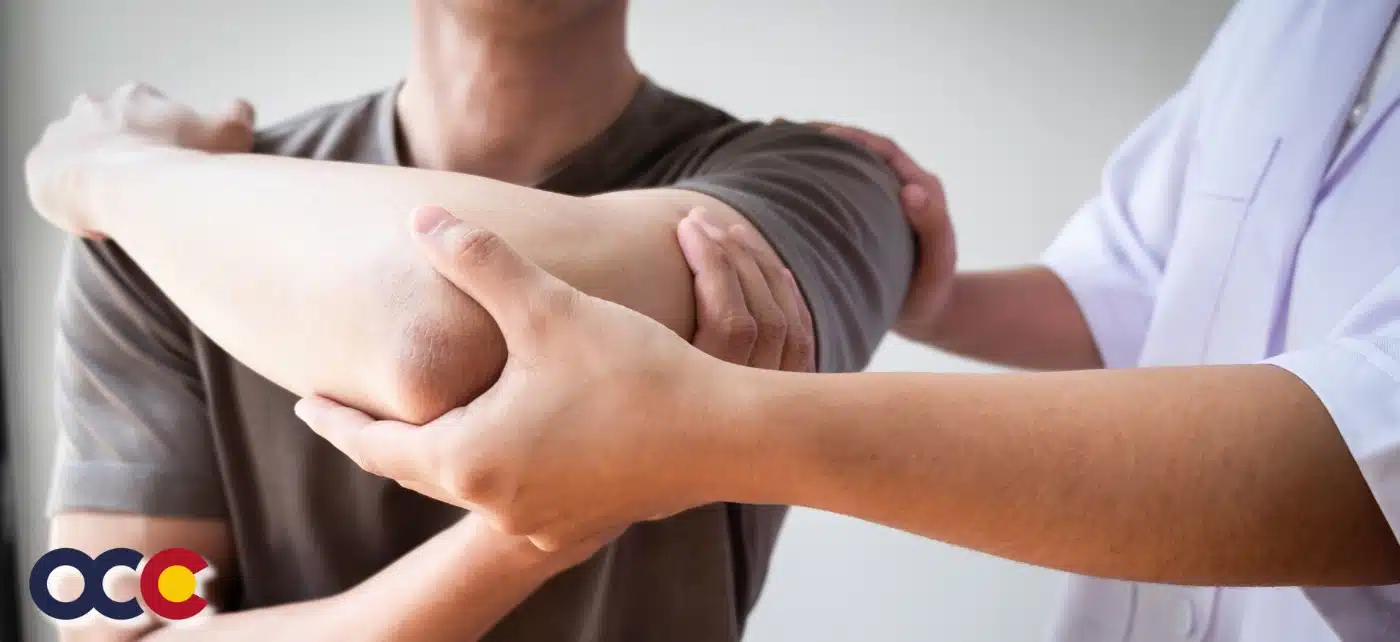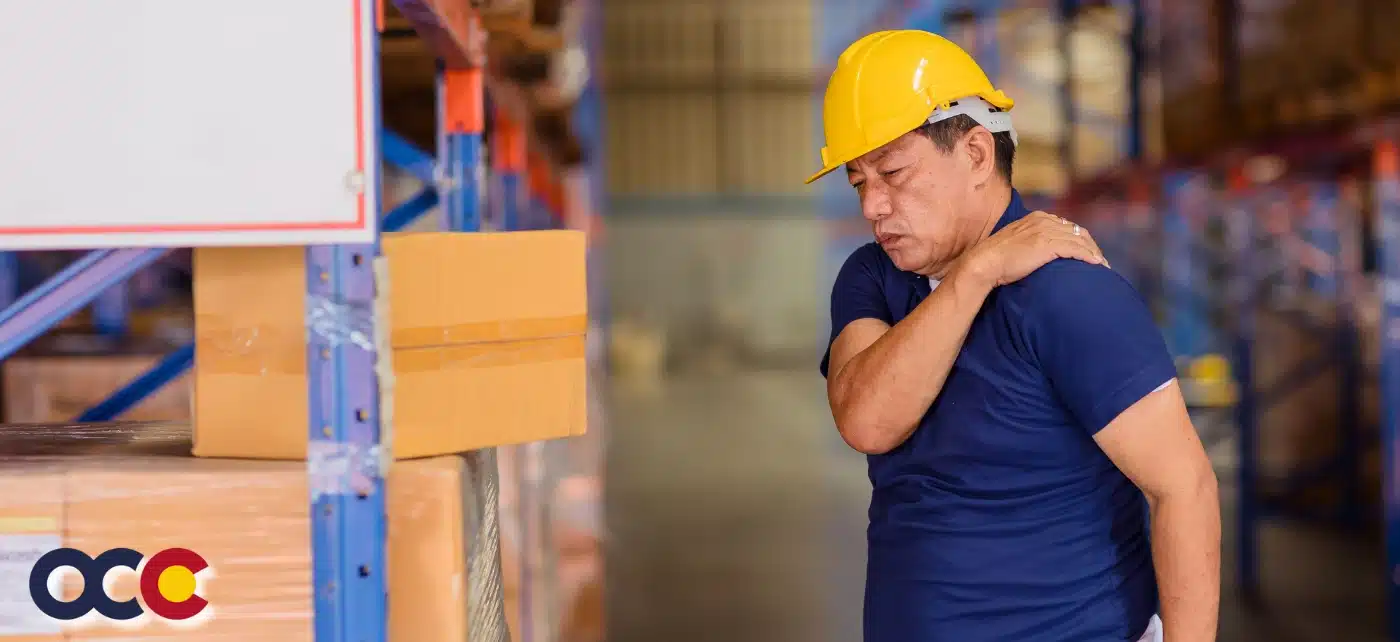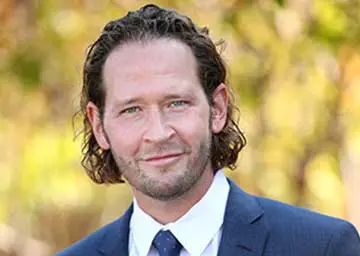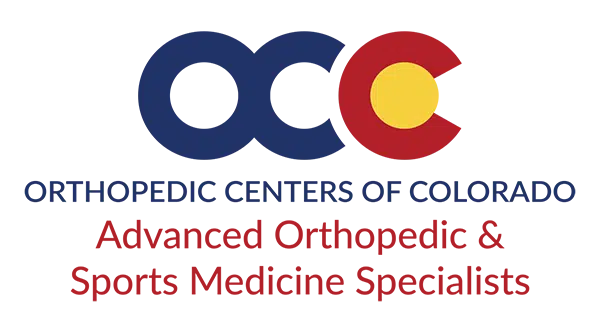Scapula fractures, also known as shoulder blade fractures, are relatively uncommon, but the damage they can incur can be quite serious. They often cause severe pain and discomfort, making it difficult to carry out daily routines and activities. Early diagnosis is key in avoiding potential complications. To get the best care possible, you should see the skilled and experienced orthopedic specialists at OCC – Advanced Orthopedic & Sports Medicine Specialists in Denver, Parker, or Aurora, Colorado, as soon as the injury happens.
OVERVIEW
Because the scapula is protected by the chest and surrounding muscles, it is not easily fractured. Scapula fractures make up fewer than 1% of all fractures and 3 to 5% of shoulder fractures. Most often caused by direct trauma from the back or side involving a large amount of force, in 80% of scapula fractures, there are other associated injuries. Scapula fractures occur more often in young men aged 25 to 45 because of the activities they participate in. About three-quarters of cases are caused by high-speed car and motorcycle collisions.
ABOUT THE SHOULDER BLADE
The scapula, or shoulder blade, is a large, flat triangular bone located in the back of the shoulder between the shoulder and the spine that is divided into five anatomical parts:
- Scapular neck: the portion of the bone that connects the glenoid and scapular body
- Scapular body: the large, flat, triangle-shaped area of the scapula
- Acromion process: a bony projection of the scapula located at the top-most part of the shoulder, forming a joint with the end of the clavicle (collarbone)
- Coracoid: a curved, hook-like projection off the front of the scapula located under the clavicle, between the shoulder’s ball and socket and the first rib
- Glenoid: the shoulder socket
The scapula, together with the clavicle (collarbone) and humerus (upper arm), are the three bones that make up the shoulder and are well connected by a complex system of muscles. The shoulder blade connects the arm to the thorax (chest wall) while the muscles of the scapula ensure correct movement of the arm over the thorax.
WHAT IS A SCAPULA FRACTURE?
A scapula fracture is a break or crack in the scapula. Scapula fractures can be classified into different types based on the location and pattern of the fracture. One or more parts of the scapula may get fractured. 80 to 95 % of all scapular fractures are accompanied by other injuries like fractures of the shoulder, collarbone, and ribs, or injury to the head, lungs, and spinal cord, typically because it requires high-energy/torque trauma to cause an injury to the scapula. Potential consequences of scapula fractures include:
- Limited range of motion
- Muscle weakness and atrophy
- Chronic instability: this can result in recurrent dislocations or subluxations where the shoulder partially or completely comes out of its socket
- Nerve and vascular damage: nerve injury can lead to sensory or motor deficits, while vascular damage can result in impaired blood supply to the arm, potentially causing additional complications
- Malunion or nonunion: without proper alignment and stabilization, the fractured scapula may heal in an incorrect position (malunion) or may not heal at all (nonunion)
- Secondary arthritis: over time, untreated fractures can lead to the development of secondary arthritis in the shoulder joint, causing pain, inflammation, and further limitations in joint movement
Read more about Scapula Fractures on our new Orthopedic News Site – Colorado Orthopedic News. Schedule an appointment with a shoulder specialist today.
















